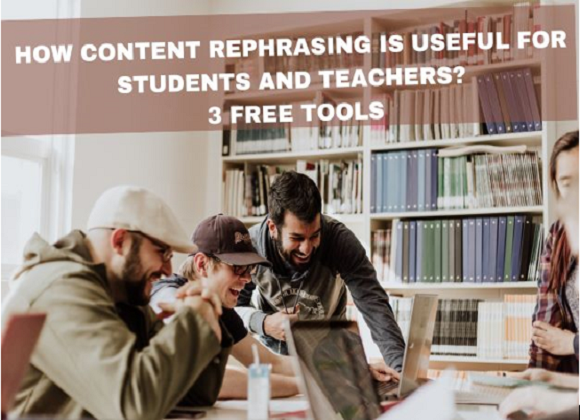Courses
Grow skills with quality courses
Interactive energizers for college students are fun, however, academics even have to require under consideration that the age distinction between students is extremely necessary. that's why I select the most effective samples of energizers for various ages, however, a number of them are often used for any age. Don’t be too fast to assume your students are too previous for energizers! Fun activities for college students are perpetually planning to bring a full of life modification to the classroom, in order that they are embraced with open arms by the majority of students.
When is that the right time for an energizer?
Sometimes, students aren't being attentive to the teacher or they're not targeted and begin talking.
There are the subsequent reasons once students get distracted and that’s the correct time for an energizer:
Here we have a tendency to are giving some attention-grabbing energizers that build your student energize for the class:
|
Pink toe The teacher calls out a color and a part of the body. Students will find an object in the room that has that color and then touch the object with the selected part of the body. For example, if the teacher calls out “red nose”, students need to find an object that is red in color and touch it with their nose. The teacher continues calling colors parts of bodies.
Buzz Ask the group to stand up and form a circle. Everyone takes turns saying a number starting with 1, 2, 3, and so on. Of course, there is a catch. At every number with a 4 in it or a multiple of 4, that person needs to say BUZZ instead of the number. The next person just continues the series as normal. |
 |
For example: 1 - 2 - 3 - buzz - 5 - 6 - 7 - buzz - 9 - 10 - 11 - buzz - 13 - buzz - 15 - buzz - 17 - …
You can choose any number that might be relevant and replace the buzz with another word. This game is great when teaching the tables, or teaching how hard it is to do two things at the same time (thinking while listening for your turn).
Likable Lucie
Students think about an adjective to explain themselves. The adjective should suit the student and should conjointly begin with the primary letter of their name. The students have to remember every name. The first student just says his name, but the second and the rest of the students have to name the previous names before saying their name. The last students will have to do the hard work.
Let’s take an example: 1. Likable Lucie - 2. Likable Lucie and Precious Petra - 3. Likable Lucie, Precious Petra, and Tiny Tom
Countdown
Students have to be compelled to count from one to twenty. there's one rule though: there's no specific order. Students have to be compelled to yell the consecutive range whenever they require it. however once 2 students yell variety at a similar time, you have to start counting from 1 again. Wonder how long it will take until you reach 20?
Be unique
This classroom game is concerning being distinctive and concerning reaching to apprehend one another higher. everybody stands in an exceedingly circle. Every student has to say something unique about themselves. For example: “I have four brothers.” If another student conjointly has four brothers, the student who shared the ‘not-so-unique’ facet must sit down. The goal is to face as long as potential and so to share terribly special things concerning yourself that nobody else typifies.
References: Moneycontrol and Storyweaver
About the author
Comments
Recommended by Gurushala

Technology & Innovation
-By Valentina MilanovaHow Content Rephrasing is Useful for Students and Teachers? 3 Free Tools

Stories of Indian Classrooms
-By GurushalaOn the course of continuous learning- An inspiring teacher story from Pune
Related Articles
